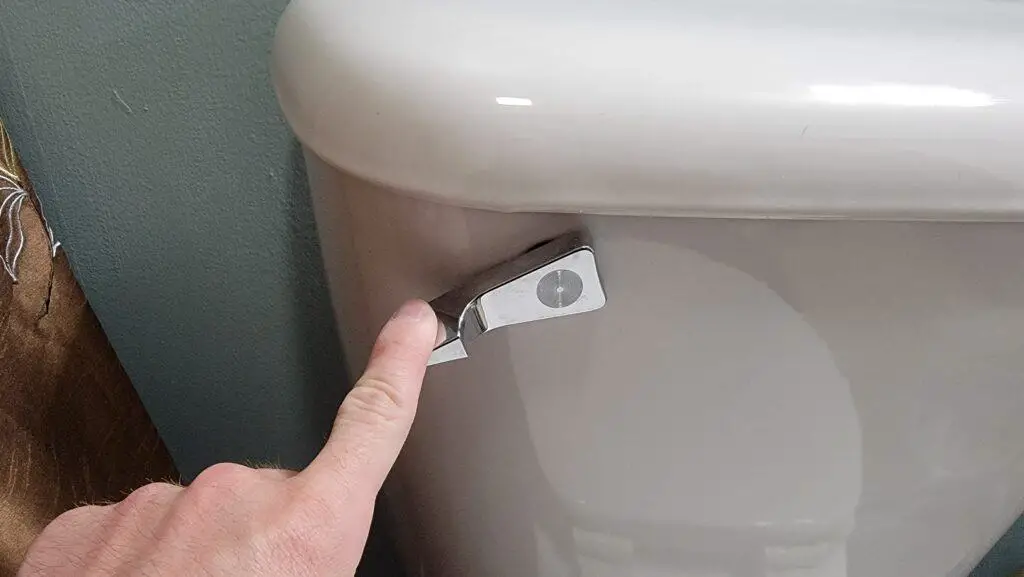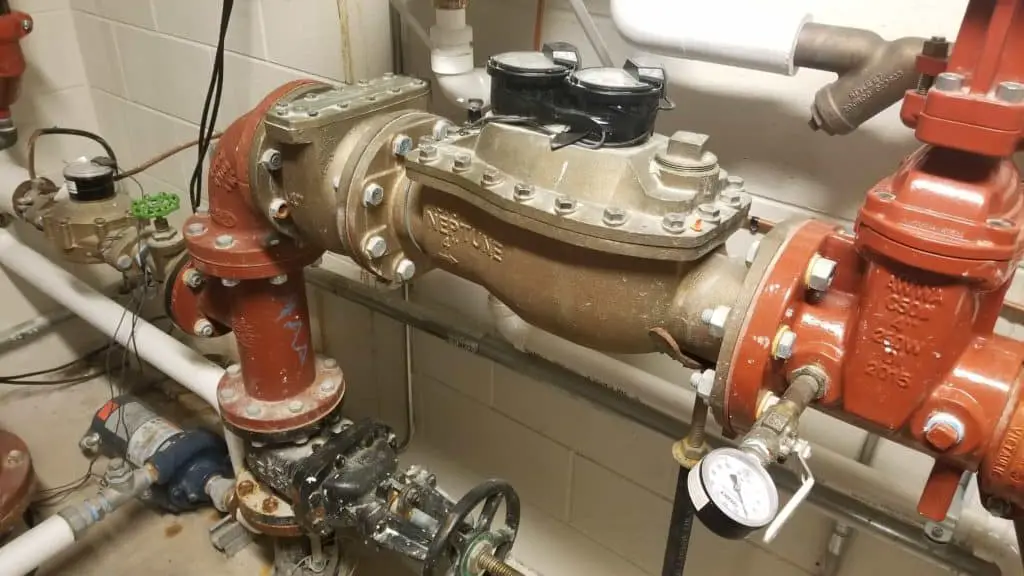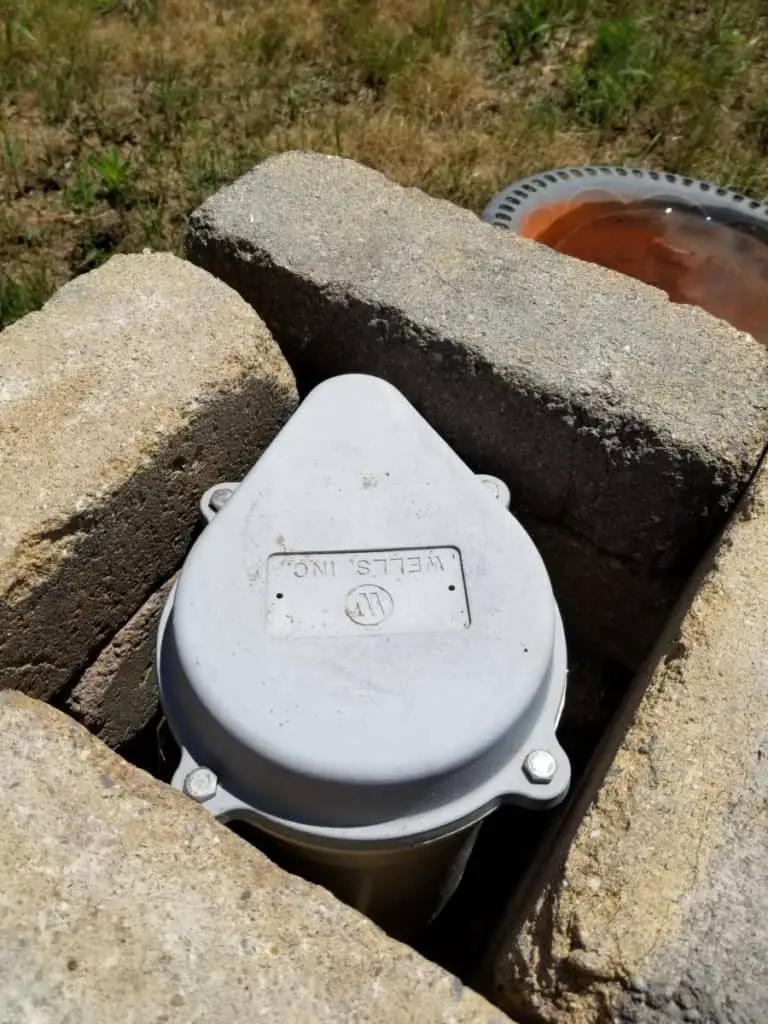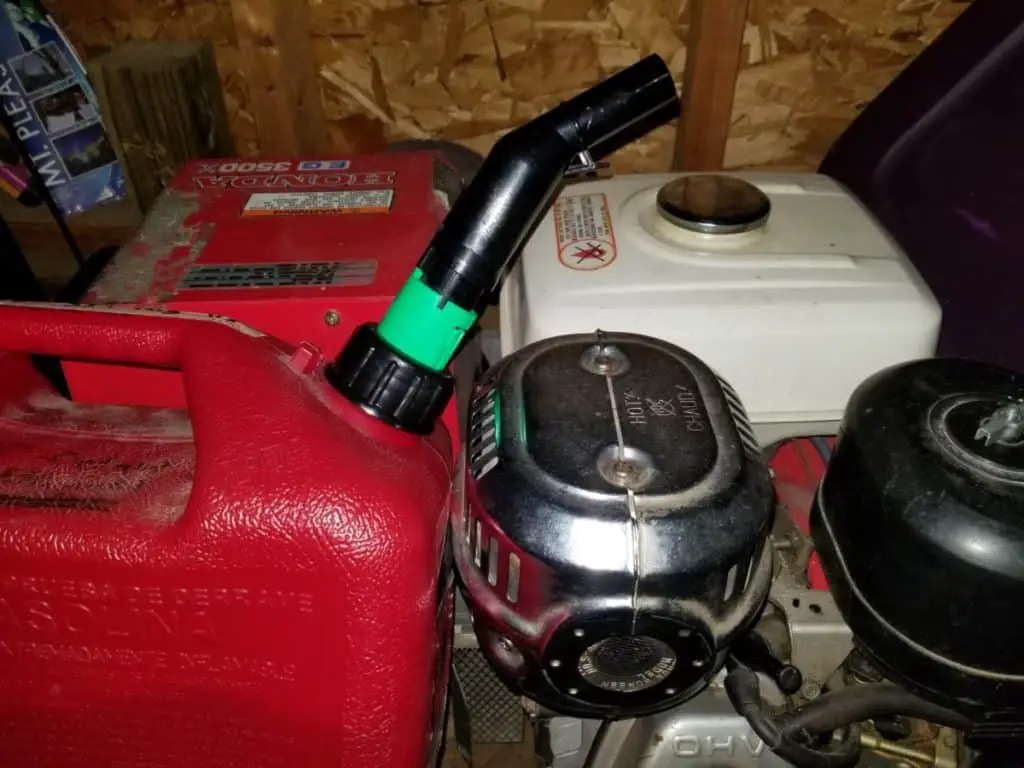Power outages are an inevitable part of life, often occurring during severe weather conditions or due to technical issues with the electricity supply. During these times, it’s essential to know how to manage household tasks, such as flushing toilets, in a manner that conserves resources and maintains hygiene.
During a power outage, a home with municipal water will generally be able to flush for 12-48 hours from the local water tower, or indefinitely if the municipality has backup generators. A home with a private well source will only have 1-2 flushes per toilet before the home loses water pressure.
In this article, we’ll explore how many times you can flush a toilet during a power outage and provide tips on conserving water and staying prepared for such situations.
For more information on exactly what water sources and appliances will and will not work during a power outage, be sure to check out my article here.

Understanding Toilet Mechanics
To comprehend the impact of a power outage on your toilet, it’s crucial to understand the basic mechanics of how toilets work.
Modern toilets typically consist of a tank, a bowl, and a flushing mechanism. The tank holds water, which is released into the bowl when the flush lever is pressed.
This action creates a siphon effect, allowing gravity to pull the water and waste down the drain and into the sewer or septic system. After the flush, the tank refills with water from the main supply line.
For more information on troubleshooting or understanding toilet functions, I encourage you to check out this website for all of your possible questions.

How Many Times Can You Flush a Toilet During a Power Outage?
When the power goes out, those who are reliant upon water from the city, or municipal water, will generally have the benefit of the stored water in the local water tower which can provide an locality with 12-48 hours of water, depending on the usage.
This tower usually only relies on gravity to distribute the water and isn’t reliant upon electricity to disperse the water — only to fill it. However, there may be a booster pump in the line somewhere between the tower and your home or apartment. If there is a booster pump, it will require electricity, and you will not have water unless your municipality has backup generators in place.
- If you have municipal water and your municipality has backup generators, then you will be able to flush the toilet indefinitely during a power outage.
- If your municipality does not have backup generators, then you can generally expect 12-48 hours of normal water use until your local water tower is depleted.
- If the toilet you’re using is on an upper level of a building where the building requires a booster pump to overcome gravity, or if a booster pump is involved at any point between the water tower and your toilet, then you will not have water beyond your first flush.
Homes relying on private well water face a different situation. Water supply ceases immediately when a power outage occurs. Each toilet will have one guaranteed flush from the water in the reservoir tank, and the first toilet to be flushed may get one more flush as the home’s pressure tank fills the reservoir tank one more time (assuming you haven’t opened any other faucet in the home). Homeowners with private wells should be prepared for this limited water supply during an outage with either a generator or stored water.
- Homes with private wells will only have 1-2 flushes before the homes pressure tank will no longer refill the reservoir tank.
- A home can only get water during a power outage with a portable or standby generator.
Gravity vs. Pressure-Assisted Toilets
There are two primary types of toilets: gravity-fed and pressure-assisted. Gravity-fed toilets rely on the force of gravity to flush waste, whereas pressure-assisted toilets use a combination of air pressure and water to create a more powerful flush.
Gravity-fed toilets are more common in homes and can function without electricity, as long as there’s water in the tank. On the other hand, pressure-assisted toilets often require electricity to operate the pump that pressurizes the air in the tank. Therefore, during a power outage, pressure-assisted toilets might not flush properly, while gravity-fed toilets should still work, provided there is an adequate water supply.

Water Supply During Power Outages
The number of times you can flush a toilet during a power outage primarily depends on the availability of water. Homes connected to a municipal water supply usually receive water through a pressurized system, which relies on electric pumps and water towers (which use electrical pumps to fill and usually only gravity to disperse).
However, these systems often have backup generators, ensuring a continuous water supply during short-term power outages. In such cases, you can flush your gravity-fed toilet as long as there’s water flowing from the main supply line.
On the other hand, homes with private wells depend on electric well pumps to draw water. During a power outage, these pumps won’t function, and water supply to the home will be disrupted. In this scenario, the number of flushes depends on the remaining water in the tank and any additional water reserves you may have stored ahead of time.
Conserving Water During Power Outages
To maximize the number of flushes during a power outage, it’s essential to conserve water. Here are some tips for managing water usage during power outages:
- Limit flushing: Only flush when necessary, such as for solid waste. Avoid flushing liquids, tissues, or paper towels, as these can be disposed of in a trash bag.
- Collect alternative water sources: Save water from rain, snow, or even your bathtub for flushing purposes. Pour the water directly into the bowl to create a siphon effect, bypassing the need for water in the tank.
- Store water: Keep a supply of water in containers specifically for flushing toilets during emergencies. Ensure these containers are tightly sealed and labeled to prevent contamination or accidental consumption.
- Reduce water usage elsewhere: Conserve water in other household activities, such as washing dishes or bathing, to preserve water for essential tasks like flushing toilets. For handwashing, we always fill one kitchen mixing bowl with 1 gallon of soapy water, another with 1 gallon of fresh water, and a drying towel next to them. These sit on the counter for the duration of the power outage so that no faucets need to be used or any additional water. For sponge baths with no soap required (I know, but trust me, it works) I can’t recommend Norwex body and face cloths enough. Just get them damp and wipe away at your pits and bits. You will smell great, despite using no soap. These microfiber towels with embedded silver are amazing and can be washed and reused! I use them when traveling, on vacation for quick clean ups, camping — you name it.

Preparing for Power Outages
Being prepared for power outages can help you better manage water usage and maintain a hygienic environment. Here are some suggestions for staying prepared:
- Create an emergency kit: Include essentials such as bottled water, non-perishable food, flashlights, batteries, a portable phone charger, a first-aid kit, and essential medications. This kit should be easily accessible and regularly updated.
- Invest in a portable generator: If your home relies on a well pump, a portable generator can help maintain water supply during power outages by powering the well pump. Ensure you’re familiar with its operation and safety guidelines.
- Install a battery backup for Upflush Toilets: If your home has an upflush toilet with a macerating blade, a battery backup system with a properly-sized inverter can help run the pump that is needed for flushing during power outages.
- Maintain communication: Stay informed about the duration and cause of the power outage by keeping in touch with local authorities or utility companies. This information can help you plan and ration resources more effectively.
- Develop a family plan: Discuss emergency procedures with your family members, including how to conserve water and the importance of limiting toilet usage during power outages.
Final Takeaways
The number of times you can flush a toilet during a power outage depends on the type of toilet, the availability of water, and your water conservation efforts.
Gravity-fed toilets usually function without electricity, but pressure-assisted toilets may require a power source.
Ensure you have a plan in place to conserve water, store emergency supplies, and maintain hygiene during power outages. Being prepared and knowledgeable about your toilet’s mechanics can help you better manage these situations and maintain a safe and comfortable environment for you and your family.

